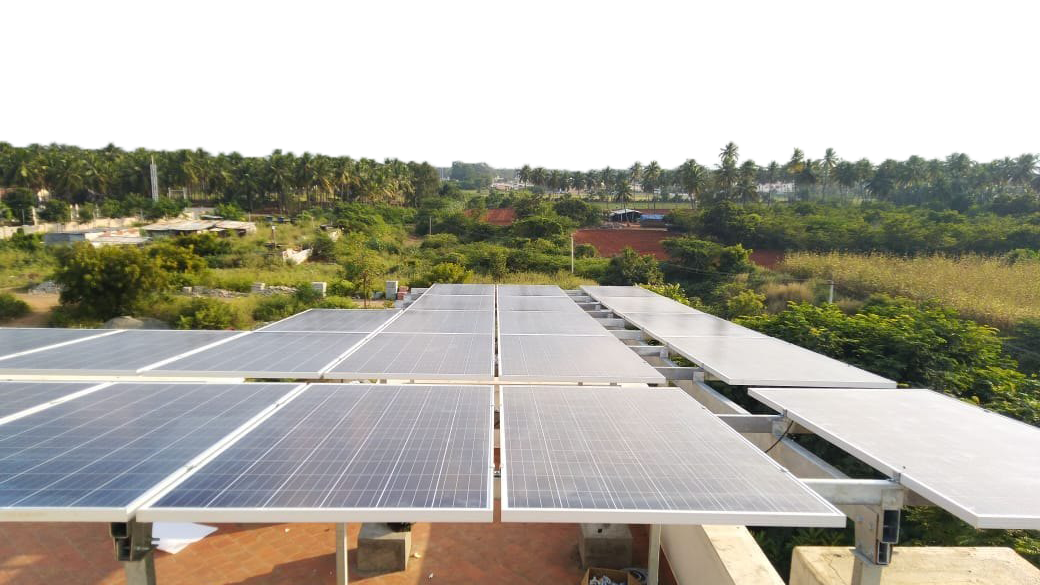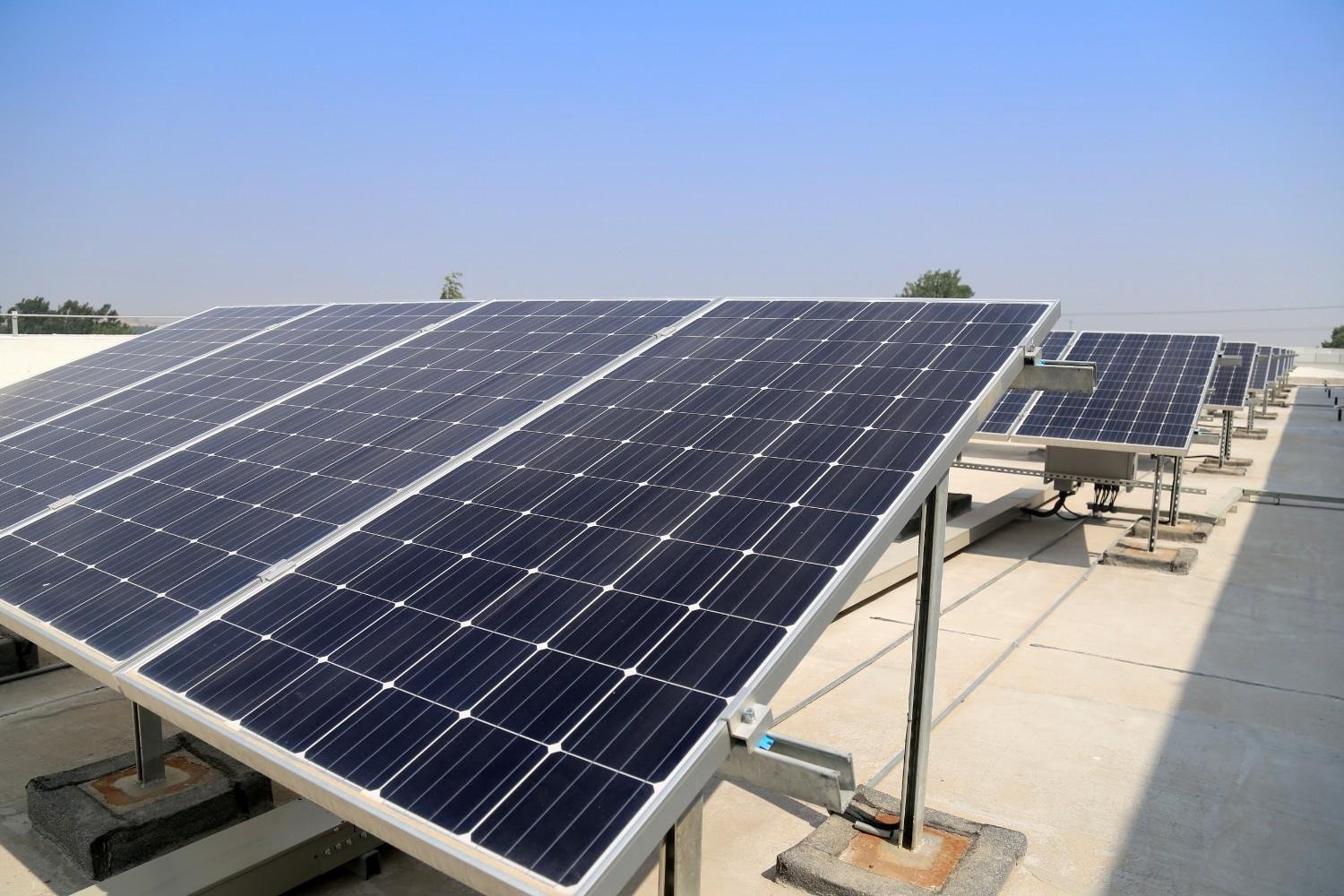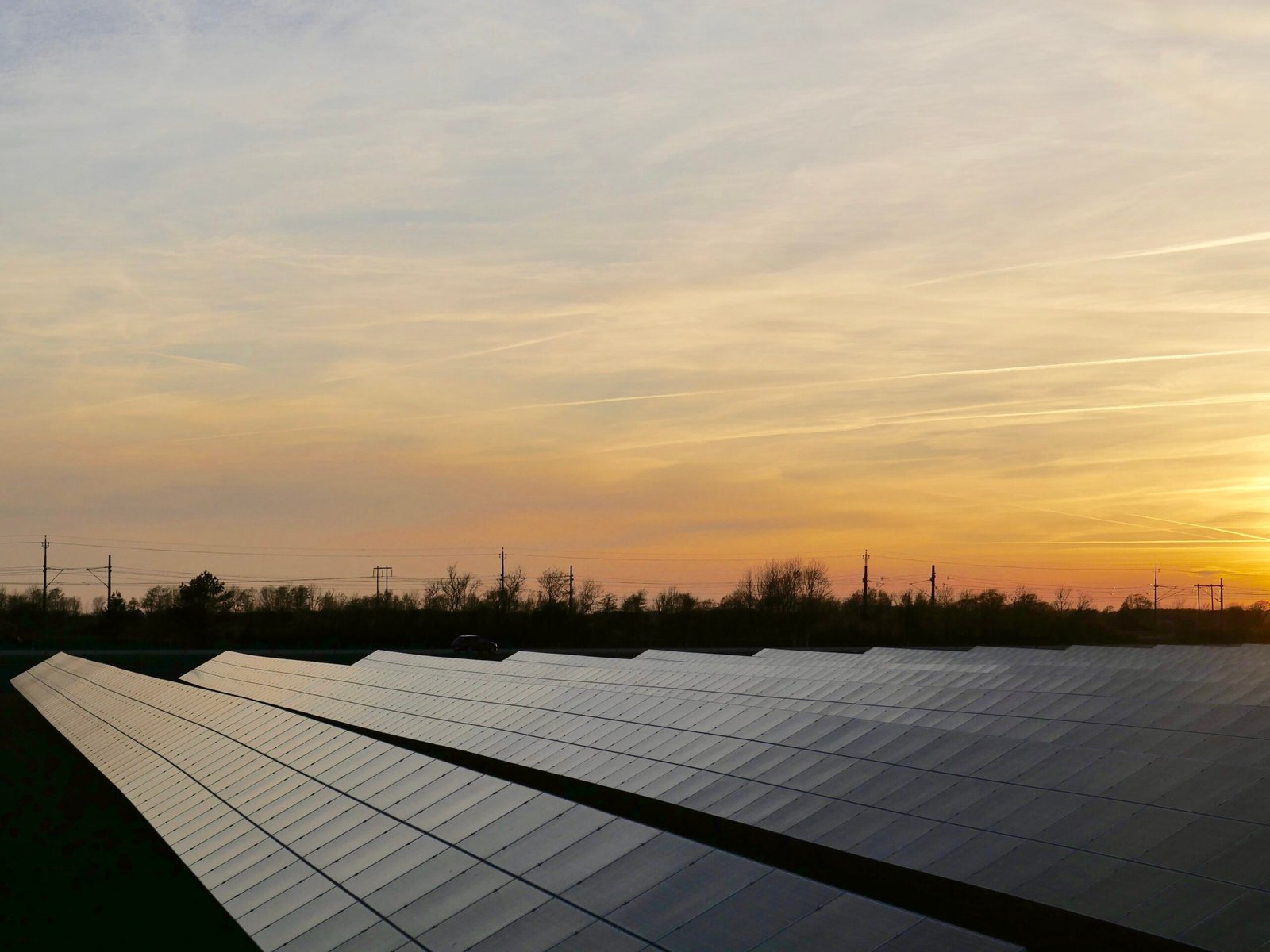India has rapidly emerged as a global leader in the adoption of photovoltaic (PV) systems, leveraging its abundant solar resources to meet growing energy demands sustainably. The country’s commitment to renewable energy is evident through significant policy initiatives and substantial capacity additions in recent years.
Table of Contents
Introduction
India, a country with abundant sunlight, is rapidly adopting photovoltaic (PV) systems to meet its increasing energy demands sustainably. The government, businesses, and homeowners are embracing solar energy as a viable alternative to fossil fuels. This blog explores the growth, benefits, components, government policies, and future prospects of PV systems in India.
Understanding PV Systems
A photovoltaic (PV) system converts sunlight into electricity using solar panels. These systems can be installed on rooftops, open lands, or integrated into buildings. The main components of a PV system include:
- Solar Panels: Capture sunlight and convert it into electricity.
- Inverters: Convert DC electricity to AC for home and industrial use.
- Battery Storage: Stores excess energy for later use.
- Mounting Structures: Support panels at optimal angles.
- Charge Controllers: Regulate power flow and prevent overcharging.
Growth of PV Systems in India
India’s photovoltaic (PV) sector has experienced significant growth, particularly in 2024 and into 2025. As of December 31, 2024, the country’s total installed renewable energy capacity reached 209.44 GW, with solar power contributing 97.86 GW—a 33.47% increase from the previous year.
In the first half of fiscal year 2025 (April to September 2024), India added 8.9 GW of solar capacity, bringing the cumulative installed solar capacity to 90.76 GW by the end of September 2024.
Projections indicate that India will add approximately 22 GW of new solar power generation capacity in fiscal year 2025, followed by 27.5 GW in fiscal year 2026. This trajectory is expected to elevate the cumulative installed PV systems capacity to 131.5 GW by March 31, 2026.
Market Size and Installed Capacity
The market size of India’s solar PV systems sector is expanding correspondingly. In 2024, the market was valued at USD 8,043 million and is projected to grow at a compound annual growth rate (CAGR) of 9.3%, reaching approximately USD 16,382.46 million by 2032.
This growth is driven by government initiatives, technological advancements, and increasing investments in renewable energy infrastructure. The Indian government’s commitment to achieving 500 GW of non-fossil fuel-based energy capacity by 2030 underscores the nation’s dedication to sustainable development and energy security.

Benefits of PV Systems in India
1. Renewable and Sustainable Energy
PV systems harness solar energy, a renewable and inexhaustible resource, reducing reliance on finite fossil fuels. This shift supports environmental sustainability and helps mitigate climate change impacts.
2. Low Maintenance Requirements
PV systems have minimal moving parts, leading to lower maintenance requirements and long-term reliability. Regular cleaning and periodic professional inspections are typically sufficient to ensure optimal performance.
3. Cost Saving
By generating electricity on-site, PV systems can significantly reduce electricity bills for households and businesses. The decreasing costs of solar technology have made these systems more accessible, leading to substantial long-term savings.
4. Government Subsidies and Incentives
The Indian government offers various subsidies and incentives to promote solar energy adoption, making the initial investment in PV systems more affordable.
5. Energy Independence and Security
By generating their own electricity, individuals and communities can reduce dependence on centralized power grids and imported energy sources, enhancing energy security and resilience against power outages.
6. Environmental Benefits
Switching to solar power reduces greenhouse gas emissions and air pollution, promoting a cleaner and greener environment. This transition contributes to India’s efforts to combat climate change and improve public health.
7. Job Creation and Economic Growth
The expansion of the solar energy sector stimulates economic growth and creates employment opportunities in manufacturing, installation, and maintenance of PV systems. This growth supports local economies and contributes to national development.
8. Scalability and Versatility
PV systems can be installed on various scales, from residential rooftops to large solar farms, making them suitable for diverse energy needs and geographic locations. This flexibility allows for tailored solutions that meet specific requirements.
9. Technological Advancements
Indian manufacturers are enhancing solar cell efficiency with advanced technologies, resulting in higher energy output and reduced costs. Biaxial solar panels capture sunlight on both sides, optimizing land use. Thin-film solar panels can be integrated into building facades and windows, expanding solar applications in urban areas. Building-integrated photovoltaics (BIPV) integrates solar panels into building materials, providing a promising solution for India’s urban centers.
10. Integration with Smart Grids
The National Smart Grid Mission (NSGM) by India’s Ministry of Power aims to modernize the electrical grid, enhancing efficiency and reliability. Smart grids incorporate automation, communication, and IT systems to monitor and manage power flows from generation to consumption, facilitating the seamless integration of renewable energy sources like solar PV.

Challenges in PV Systems Adoption
India’s ambitious push towards photovoltaic (PV) system adoption is met with several challenges that need to be addressed to achieve its renewable energy targets.
1. Land Acquisition and Utilization
Securing adequate land for large-scale solar projects is a significant hurdle. Conflicts have arisen between developers and local communities, particularly in regions where land ownership is disputed or where agricultural activities are prevalent. For instance, in Nandgaon, western India, Tata Power’s development of a 100-megawatt solar park has led to disputes with local farmers who have cultivated the land for generations.
2. Domestic Manufacturing Constraints
India’s reliance on imported solar components, especially from China, poses risks to the sustainability and cost-effectiveness of PV systems deployment. Efforts to bolster domestic manufacturing through tariffs and incentives have faced challenges, including higher production costs and quality concerns. The Adani Group’s initiative to develop a comprehensive solar supply chain aims to reduce dependence on imports, but the industry still grapples with competitiveness issues.
3. Skilled Labor Shortage
A deficit of adequately trained professionals in the solar sector leads to project delays and increased operational costs. Despite the growing demand for solar installations, there is a notable gap in training programs and funding dedicated to developing the necessary workforce. This shortage threatens to impede India’s clean energy aspirations.
4. Financial and Policy Uncertainties
Fluctuations in policy frameworks and financial incentives create an unpredictable environment for investors and developers. Instances of alleged corruption, such as the accusations against Gautam Adani involving bribery to secure solar contracts, undermine confidence in the sector and may deter foreign investment.
5. Waste Management Challenges
The anticipated increase in decommissioned solar panels and related equipment necessitates effective recycling and disposal strategies. Without comprehensive waste management protocols, India could face environmental issues stemming from its renewable energy infrastructure. Initiatives are emerging to address this, but scalable solutions are still in development.
6. Grid Integration and Flexibility
Integrating a growing share of solar power into the existing grid infrastructure requires enhancements in grid flexibility and stability. The intermittent nature of solar energy necessitates advanced energy storage solutions and smart grid technologies to ensure a reliable power supply. Addressing these technical challenges is crucial for the seamless adoption of PV systems.

Government Policies and Incentives
India has implemented a range of government policies and incentives to promote the adoption of photovoltaic (PV) systems, aiming to enhance renewable energy capacity and achieve sustainability goals. Key initiatives include:
1. Production Linked Incentive (PLI) Scheme
The PLI Scheme under the ‘National Programme on High Efficiency Solar PV Modules’ is designed to boost domestic manufacturing of solar PV systems modules. In its second tranche, the government allocated a total capacity of 39,600 MW to 11 companies, with a financial outlay of ₹14,007 crores. Selected manufacturers receive incentives for five years post-commissioning, based on the production and sale of high-efficiency solar PV modules.
2. Pradhan Mantri Surya Ghar Muft Bijli Yojana
Launched in February 2024, this scheme aims to install rooftop solar systems on ten million homes across India. With an investment of ₹75,021 crores, the initiative provides subsidies to residential consumers, offering up to 60% subsidy for systems up to 2 kW and 40% for systems between 2-3 kW. The program seeks to empower households to generate their own electricity, potentially reducing annual electricity expenses by up to ₹15,000 for those consuming up to 300 units per month.
3. National Solar Mission
As part of the National Action Plan on Climate Change, the Jawaharlal Nehru National Solar Mission was initiated to establish India as a global leader in solar energy. The mission’s target was revised to achieve 100 GW of solar power by 2022, encompassing both grid-connected and off-grid applications. This initiative has been instrumental in driving large-scale deployment of solar projects across the country.
4. Domestic Content Requirement (DCR)
To reduce dependence on imports and strengthen the local solar manufacturing industry, India has mandated the use of domestically produced solar photovoltaic modules and cells in clean energy projects starting from June 2026. This policy aims to bolster domestic manufacturing capabilities and promote self-reliance in the renewable energy sector.
5. Additional Incentives and Support
The Indian government has also implemented various other measures to support the growth of solar energy, including:
- Viability Gap Funding (VGF): Financial support to cover the gap between the project cost and the project’s expected revenue, making solar projects more financially viable.
- Accelerated Depreciation Benefits: Allowing businesses to claim a higher depreciation rate on solar assets, thereby reducing taxable income and encouraging investment in solar infrastructure.
- Net Metering Policies: Enabling consumers to feed excess solar power back into the grid and receive credits on their electricity bills, promoting the adoption of rooftop solar installations.
Future of PV Systems in India
With ambitious renewable energy targets, India’s PV system sector is poised for significant growth. Key trends shaping the future include:
- Advancements in Solar Technology: Efficiency improvements and cost reductions in PV panels.
- Energy Storage Integration: Enhancing grid stability through battery storage solutions.
- Smart Grid Adoption: Enhancing energy management using AI and IoT.
- Increased Rooftop Solar Installations: More urban centers adopting solar rooftops for residential and commercial use.
- Investment in Floating Solar Farms: Utilizing water bodies for solar energy generation.
Conclusion
strives to meet its ambitious solar capacity targets, PV systems will play a crucial role in ensuring energy security, reducing carbon emissions, and promoting economic development. However, challenges such as grid integration, domestic manufacturing limitations, and financing hurdles must be addressed to unlock the full potential of solar energy in India. By investing in innovation and sustainable practices, India can solidify its position as a global leader in solar energy.
The future of solar energy in India depends on collective action. Whether you are a business looking to adopt solar solutions, a policymaker shaping the renewable energy landscape, or an individual exploring sustainable energy options—now is the time to take action. Join the solar revolution today! Explore PV system solutions, invest in clean energy, and contribute to a greener, more sustainable future for India.
Want to learn more? Contact us at Soleos Solar for expert solar solutions and consultation!
